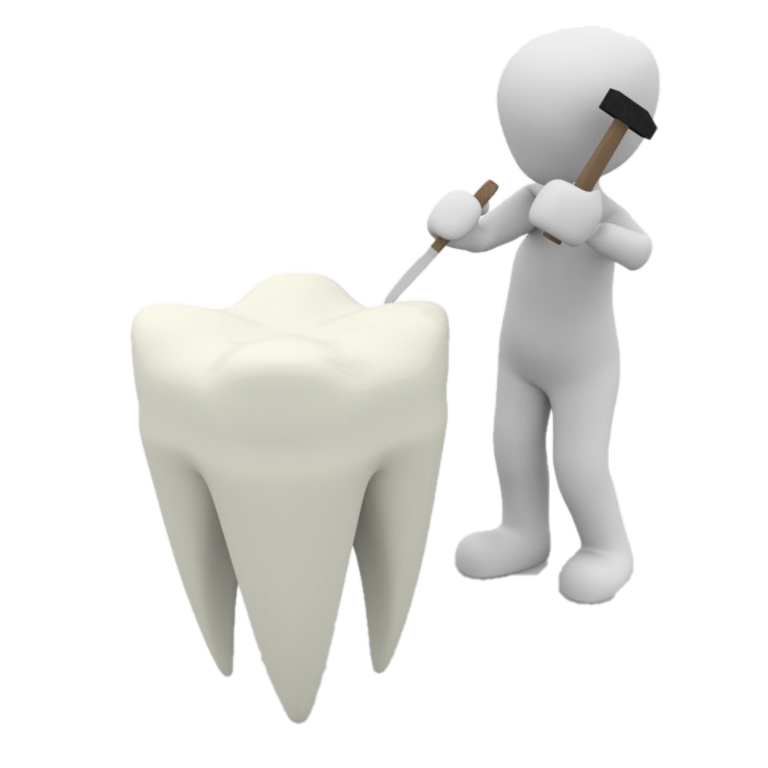Dentoalveolar Surgery
Surgical removal of wisdom teeth
Many people have wisdom teeth, and the number can range from zero to four. If there is enough space in the upper and lower jaws, these wisdom teeth will grow into an appropriate and functional position. Conversely, if there are any crowding or spacing issues, the wisdom teeth can become stuck or impacted. If left in this position, they can cause problems in the future. Wisdom teeth that are likely to cause problems require surgical removal. Usually, this is best performed when patients are younger, to facilitate safer and improved outcomes. Our Surgeons believe in minimal tissue invasion to maximise healing potential post surgery.
Surgical removal of supernumerary (extra teeth)
Sometimes, people develop extra teeth that are in a non functional position. Depending on where they are, they can cause problems to the surrounding teeth or tooth roots. If they are likely to cause problems to the surrounding teeth or structures, they require surgical removal.
Surgical removal of other teeth as required
If there are teeth that require removal, they are usually not able to be restored by the dentist. This may be due to extensive decay, break down or other medical reasons. Surgical removal of teeth will be performed with the utmost of care to ensure maximal healing and minimal pain.
Expose and bond procedures
This is a combined procedure with a treating Orthodontist. At times, an impacted tooth requires bonding of a gold chain (performed by the Surgeon), on which an Orthodontist can use traction to pull the tooth into an appropriate position in the jaw. This repositioning then allows the tooth to become a functional part of the arch or smile.
